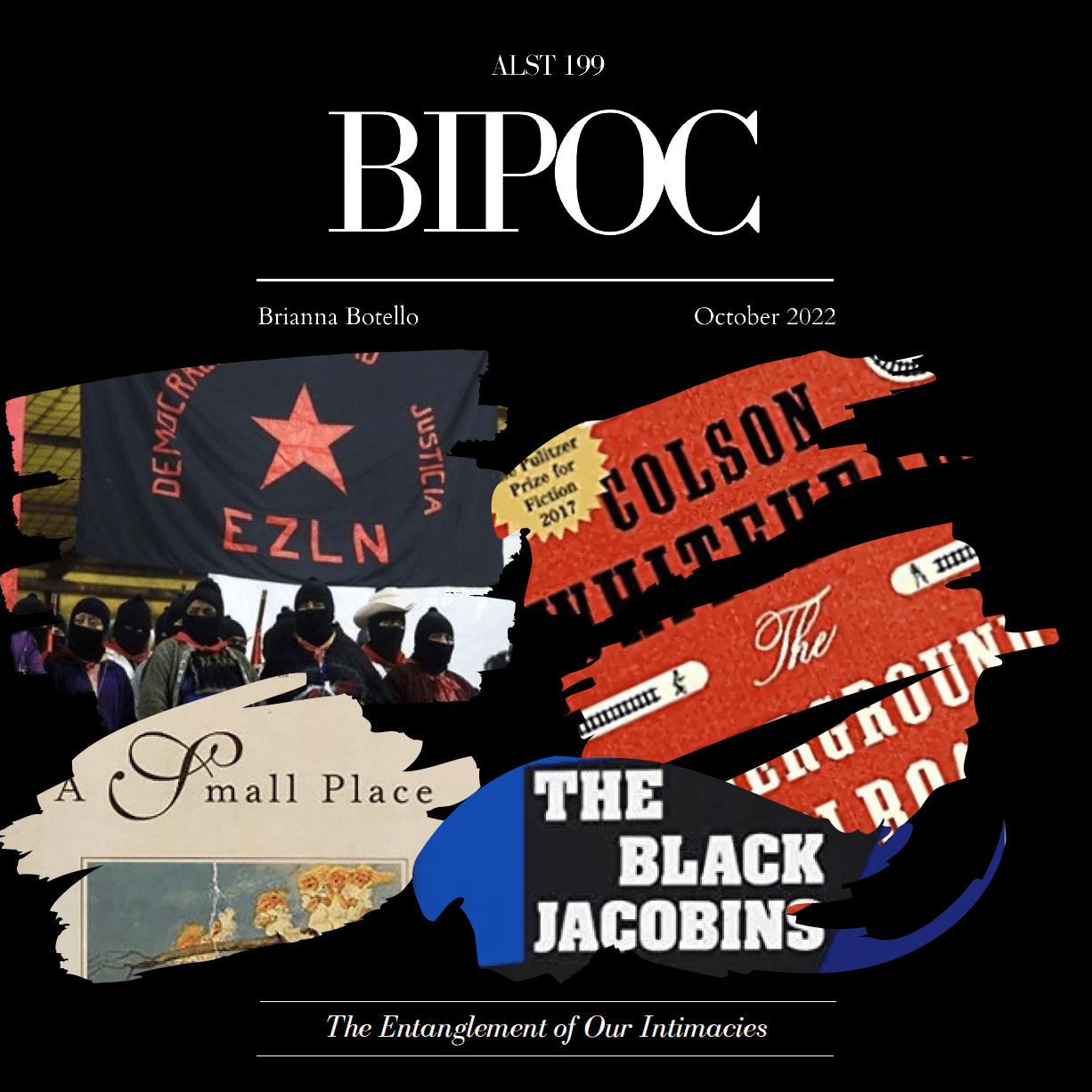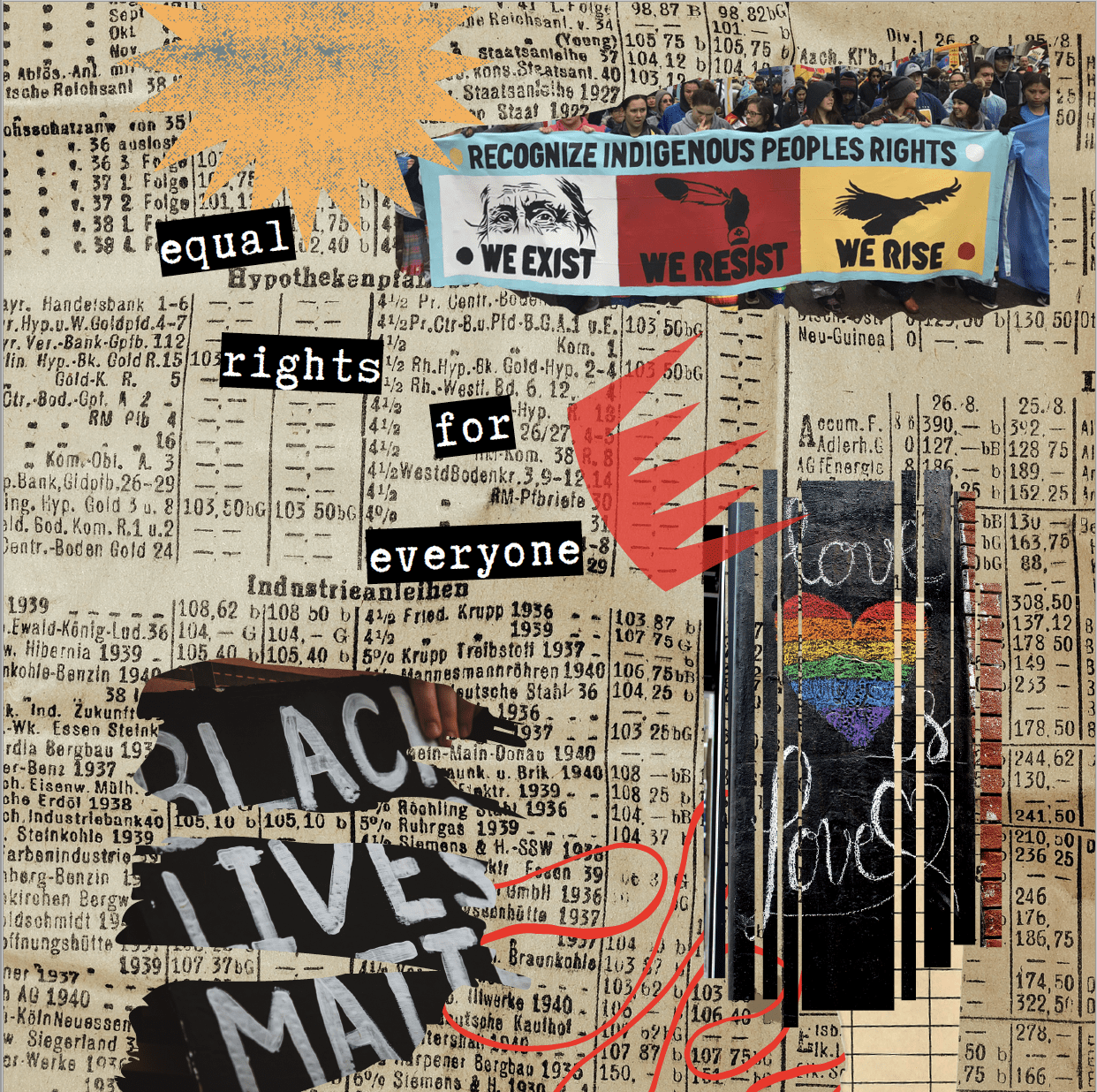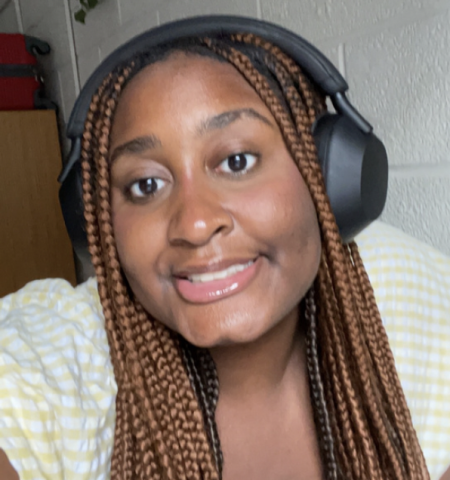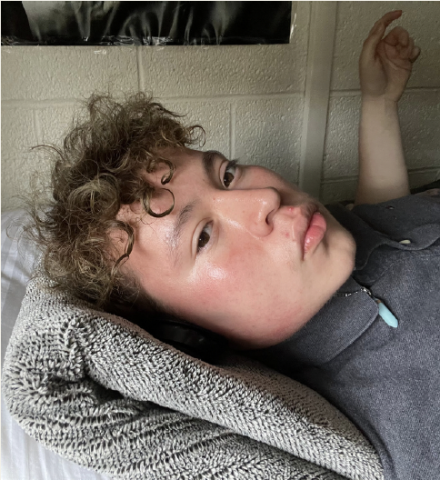The Entanglement of the Term BIPOC
The term BIPOC has become increasingly relevant and prevalent within recent years, illuminating the unity and shared experiences of racial minority groups around the world. The term’s empathization of Black and Indigenous communities and their experiences opens up a space for the examination of patterns within their histories. Although the term is at times considered vague or open-ended, I feel that the term provides a space for people of color to come together under a similar goal: striving toward an equitable society that openly centers the experiences and voices of these communities...
Although some individuals argue that grouping all communities of color together is tone-deaf and inconsiderate of individual experiences, I would argue that this term does not look to group all communities of color in a way that erases or disacknowledges their individual histories and experiences, but rather it looks to illuminate the exploitative, appropriative, and violent patterns of behavior that communities of color across the board have faced. I believe that, to some extent, it calls for accountability amongst society, amplifying the struggles and constant oppression to which these communities are subjected. This term, although fairly recent in terms of its usage and prevalence within society, has existed throughout history. Its existence, however, did not manifest itself in an outspoken manner as we observe it in the modern day, but rather it manifested itself in a literary and social way, in which communities of color began to understand the experiences they shared, or in other words, began to understand the entanglement of their intimacies.
In both Mexico and the United States, we can observe these patterns of colonial violence and oppression that managed to traverse time and imagined geopolitical borders. The Mexican government had stripped the Indigenous people of their lands, subjecting them to work for the hacendados, who controlled the economic and political systems of the nation. Similarly to the Black enslaved individuals within the United States, the Indigenous people of Mexico were essentially asking for similar things: to be heard, to enjoy basic human rights, and to be looked at as human beings within their own nations. This fact can be observed in the Zapista National Liberation Army’s (EZLN’s) demands, through which we are able to understand the forced living conditions of the Indigenous people of Mexico. Although the Black individuals in the United States all came from different countries and backgrounds, and although the Indigenous people of Mexico all came from different Indigenous groups, I think it is important to acknowledge how they put this aside in an effort to come together to address that they were facing similar experiences.
Student Perspectives
ABY METELLUS ’25
Student Involvement: Queer Trans People of Color, Brothers, OUS Scholar, OSI intern, and other multicultural groups on campus
Major(s): Educational Studies
“In my opinion, it’s really hard capturing voices from different communities because oppression and white supremacy might impact us in similar ways, however they are not the same. I think BIPOC tries to ease that tension and really center Black and Indigenous voices because of the complex history those particular communities have with America. However, I think it's a term that should be used when there’s multiple individuals from different communities within a group instead of using it for a particular person. For example, Beyonce is a Black woman not a Black, Indigenous, person of color. It becomes redundant and washes out the person’s race when it really matters.”
ALONDRA BECERRA ’25
Student Involvement: Latin American Student Organization and OUS Scholar
Major(s): History
“I think the term BIPOC has so far, through my eyes, been used for good. When white people get a hold of terms like Latinx or Hispanic, it is often used to group together and lump minorities together. Such was the case with the term Hispanic. The term was created and placed in order for white people to disregard the differences between the Hispanic community. This term further adds to the stereotypes and disrespect of individual cultures and identities within the communities. When I hear the term, I already know who the term is referring to. The term was created to highlight the ways in which white and Black and Indigenous people interact. In the United States, there has been a long history of injustice that continues to limit both of these groups today — one being the American genocide of Indigenous people and the other being the enslavement of Black Americans over centuries. So, when we need to highlight the experiences of injustices in America, we must highlight their voices first or no one will ever be truly equal if we don’t talk about how such events still affect them.”
JOSE ARRIAZA ’25
Student Involvement: Latin American Student Organization, Queer Trans People of Color, WRCU, OUS Scholar
Major(s): Geography
“In my opinion, the term BIPOC is used to avert acknowledging how some issues disproportionately impact marginalized groups more than others and discourages people from having insightful conversations about race. When having conversations about race, I believe it is imperative for people to understand that all races, whether marginalized or not, face oppression differently — especially when races included in the umbrella term contribute to said oppression. People should not be using BIPOC when they truly are referring to Black, Indigenous, and other issues; BIPOC is only a useful term when discussing the nuances in race relations and should never be used to avert saying the words Black and Indigenous. BIPOC also contributes to diminishing the visibility of other marginalized groups that are non-Black and Indigenous by clustering them together through their non-whiteness as if they experience oppression the same way.”




